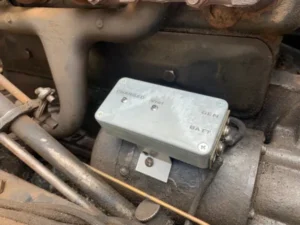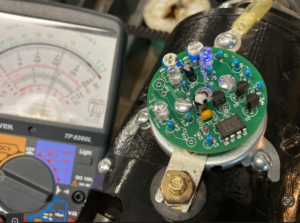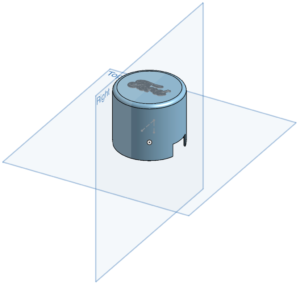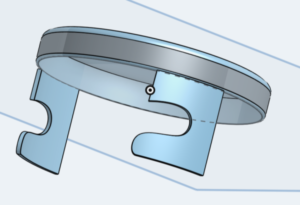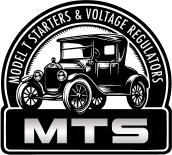Ford Model t
Voltage Regulators & Diode Cutouts
The newest additions to my offerings are Model T Voltage Regulator & Diode Cutouts. It’s been a long, winding road to get here, but worth it. In the early 1900’s semiconductors had not been invented and battery technology was still in its infancy. That didn’t stop Henry Ford from pressing ahead and installing generators and a battery in his cars to supplement the old, mostly reliable magneto. In my extensive repair work on Model T generators, and driving and owning a T for many years, it became clear to me that a voltage regulator isn’t just a nice to have item, it is a MUST HAVE item. I initially purchased a regulator several years ago from Fun Projects, designed by a guy named John Regan.
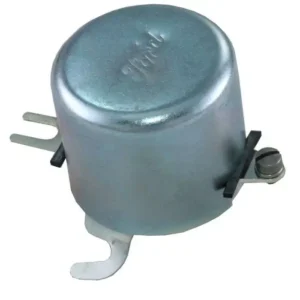

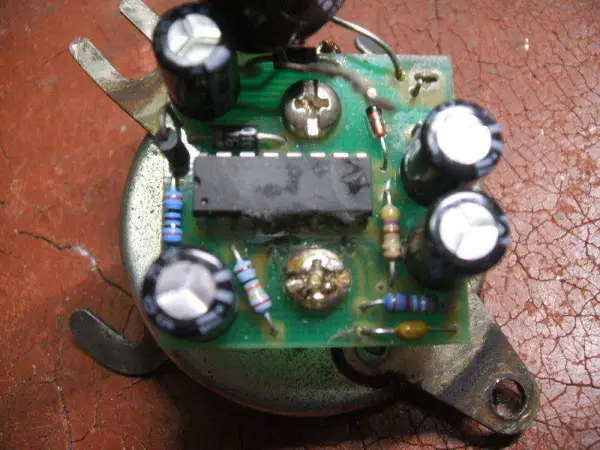

The Fun Projects regulator design endured 1000’s of successful installations, but as time marched on and he sold his business, the new owners discovered that some of the parts he had used in his design had become unobtainable due to being “end of life’d “, a term we use in high tech meaning the part has served its useful life and will no longer be produced. So, this is why those regulators are no longer available. No parts, no regulators.
When I got into this hobby, I offered to assist in modernizing the website. I’m now one of the admins “AdminJeff” you’ll see helping you recover lost passwords, post parts for sale and offering my services here rebuilding Model T starters & generators. In Dec 2021, a thread was created talking about creating a new voltage regulator (see this link for the forum thread “DIY $20 Voltage Regulator”.) Being a formally trained and practicing Electronics Engineer and having designed dozens of voltage regulator circuits over the course of my career, I decided to assist with the project. There were half a dozen or more designs that were proposed, each had their pros and cons, and some didn’t work at all. After a few months of fiddling, we settled on a couple of designs that looked promising and we all built prototypes.
We built them, installed them on our cars and went driving, reporting our extensive findings, making tweaks to the design and improving them to the point where we felt we had a solid, reliable, working, repeatable design that would last end of life chip changes. When we investigated how to house the electronics, that’s where things got especially tricky. It’s a must to keep the cars as original looking as possible. Adding new boxes, new wires, etc was just not appealing to the overwhelming majority of people we spoke with. The original Ford (and other vendor) cutout “can” designs were good at what they did, but not accommodating at all for electronic parts and circuit boards. We drilled and tweaked and contorted them for what seemed like eons until we all finally came to the conclusion that the old cutout housings absolutely suck for what we needed. My Fun Projects regulator had failed so I opened it and was surprised to see neatly organized semiconductors mounted securely in place. This was perfect for this project, but how do we get those cutout cans? After exhausting all avenues trying to source them, I determined the best way forward was to design them from scratch and then build them. So against all odds, that is exactly what I did.
Designing parts in 3D is one thing. Getting them produced in large quantities without breaking the bank is a whole different ballgame. So, I bit the bullet, invested in all the tooling and processes necessary to get the job done, and now I’m squarely in production. I’ve ramped up production to the mass quantities needed to meet all the demand, and you can now find these Voltage Regulators at your favorite Model T Parts Vendors in both 6v/12v negative ground and soon, 6v/12v positive ground versions.
How does it work?
You can see the regulator in operation on my YouTube Channel or in the video below. When the battery voltage (measured at the actual battery terminals) drops to ~6.2– 6.3v, the regulator turns on and charges the battery. When the battery is fully charged to ~ 7.2v — 7.4v, the regulator turns off. It could not be more simple. There is no guessing – it’s either on & charging or it’s off and discharging.
You can place orders here
